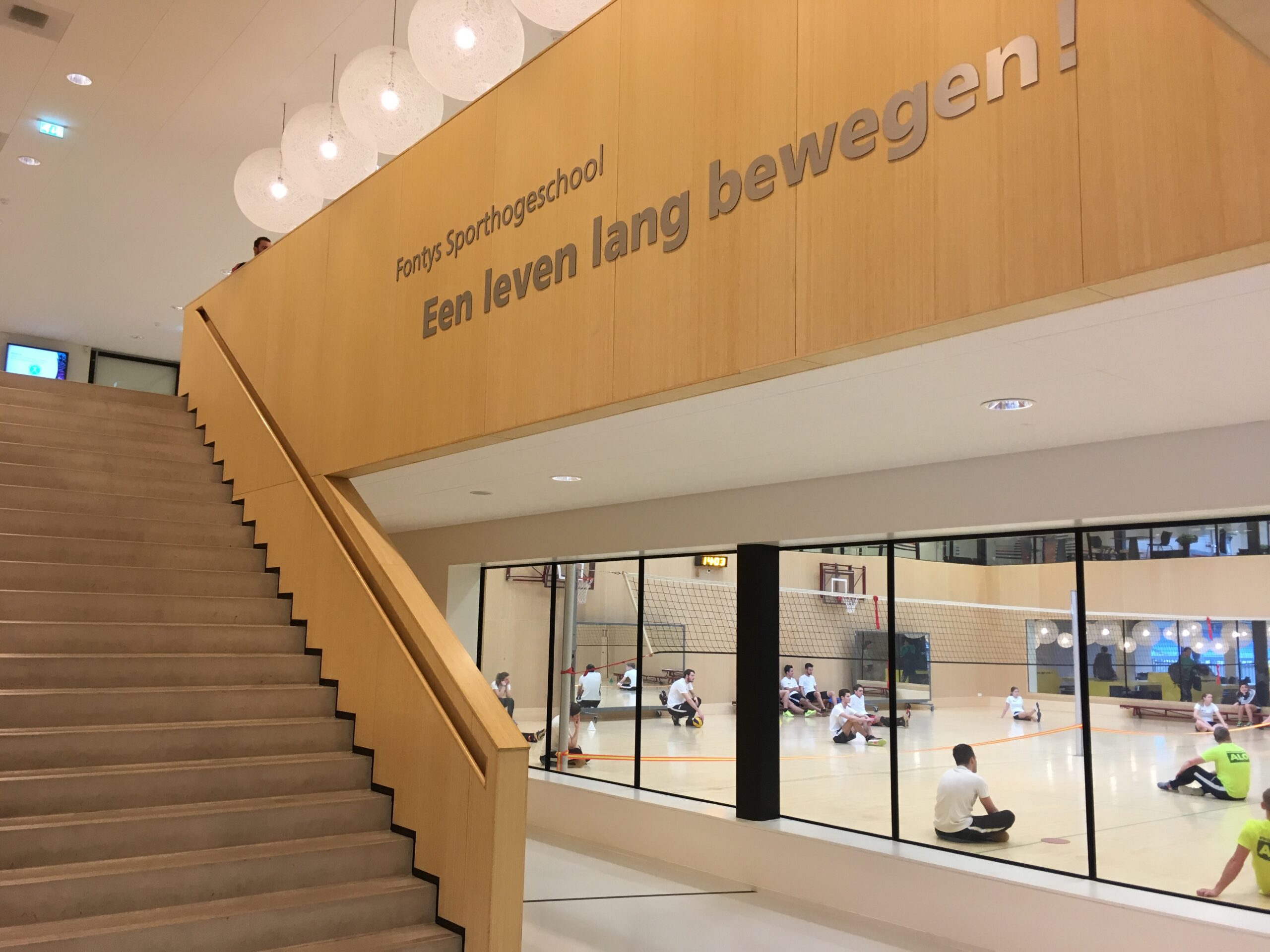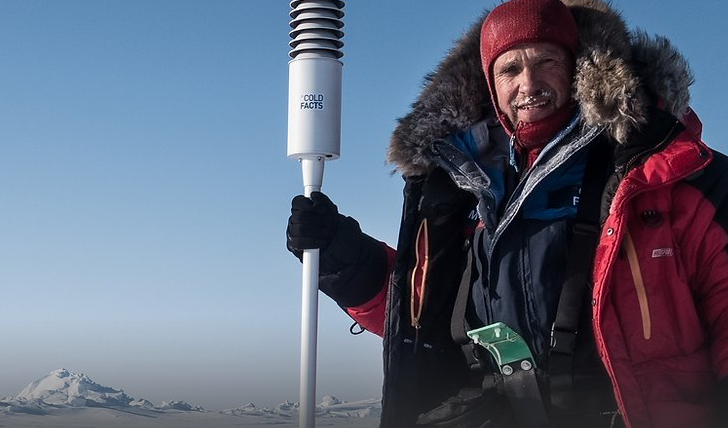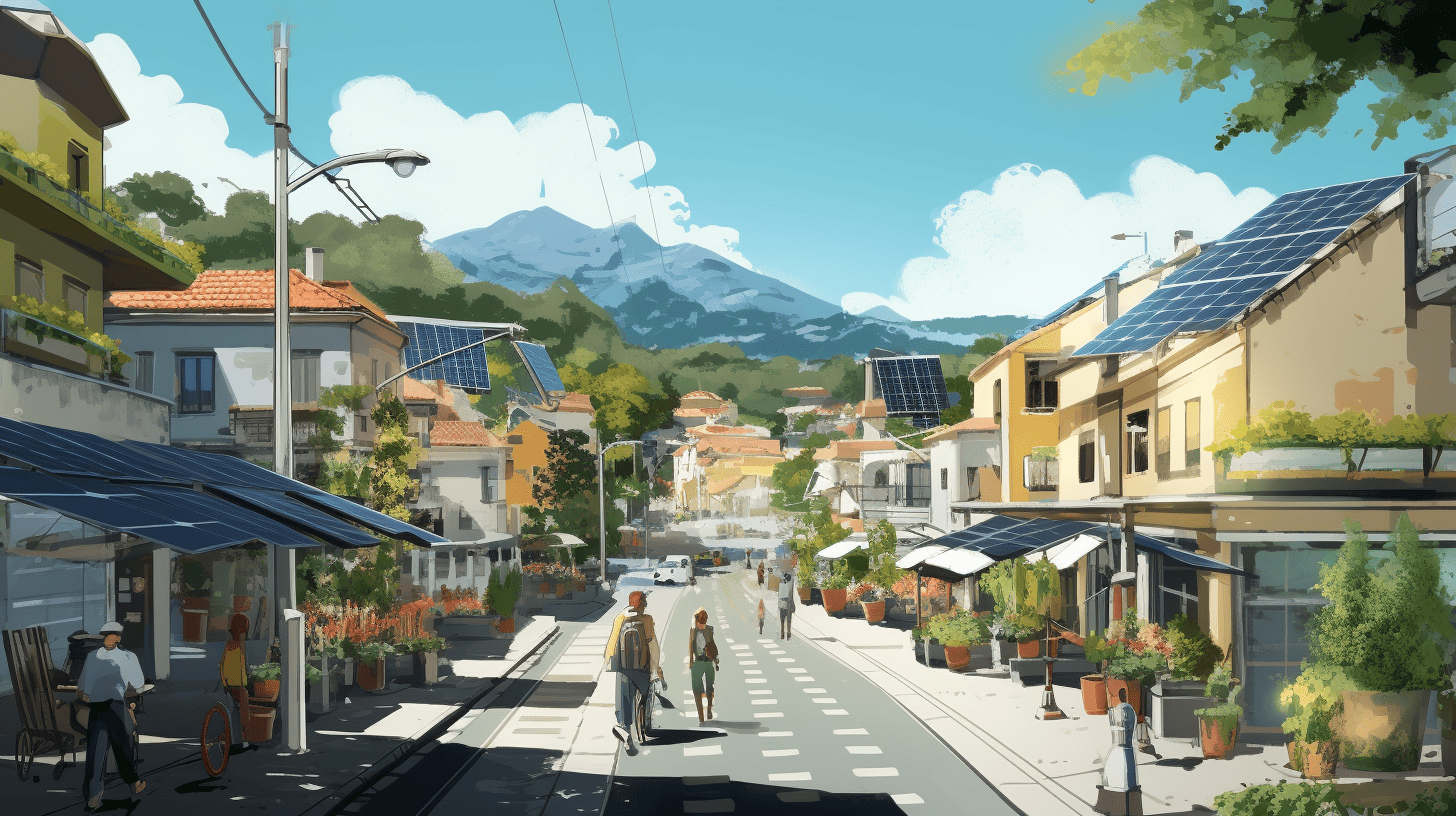
‘Een leven lang bewegen.’ – In English, loosely translated as ‘a lifetime of exercise’. That is not just the slogan of the Move to Be research group at Fontys Sporthogeschool (the Fontys University of Applied Sciences Sports Academy), it is also the dream of Steven Vos. At the end of last year, he received the Delta Award, a prize for trendsetting practice-oriented research that has an impact. He wants to use ‘smart solutions’ and ‘powerful connections’ between professionals, companies, and educational and knowledge institutes to get everyone to exercise more. From children in elementary school to senior citizens in local neighborhoods. His research approach is characterized by starting small and getting to work.
According to Matty van Est, former director of the Fontys Sports Academy, the groundwork for the research group of Vos was already laid in 2007. That’s when the Physical Activity and Health research group started, from the Tilburg location. Along with the sports programs in Sittard, the Tilburg location then formed the Fontys Sporthogeschool. In 2012, the sports programs were moved to Eindhoven in order to become one and the same educational institute, located between the sports fields of the Genneper Parks. Van Est started as director in 2012 just after that relocation.
Motivational assessment
“That group of researchers from the very first hour, they were pioneers as well,” van Est states. “They made sure that practice-oriented research was integrated into education. An important step towards taking follow-up steps.” The research group of the then professor Lars Borghouts undertook research into ‘elementary school in motion’ and ‘motivational assessment’ within secondary PE education, among other things, whereby students were not judged solely on their sporting performance.
Starting from that basis, a series of new projects were developed. For example, one of the first research projects ” A point for the gym!?” led to follow-up projects around “motivational assessment”, educational modules in undergraduate and graduate education, workshops for gym teachers, and the development of an international position statement around motivational assessment in Physical Education.
Own staff
Upon taking office as director, Van Est consciously expanded the scope of the study over the focus of the entire Sports Academy. “Not only exercise at school and during gym class became the focal points, but also exercise for the elderly and youth in local neighborhoods, for instance.” Because Borghouts made the choice in 2012 to focus primarily on substantive research and no longer on managing the research group, Van Est had to look for a new professor. Van Est was looking for someone with that breadth of scope on exercise and “someone who could make the connection within the various courses at the Fontys Sports Academy and with external parties.”
Van Est soon figured out that “sometimes it turns out that you can find gold among your own staff.” Steven Vos had been working as a teacher at Fontys for a year. After an application procedure, it became clear that he was the ideal candidate. It was mainly the entrepreneurial and connective capabilities of Vos that appealed to Van Est. “And his wealth of experience in research.” Vos was previously a researcher at the KU Leuven in Belgium. Following his appointment as professor, Vos was also appointed Professor of Design & Analysis of Intelligent Systems for Leisure Time Sports & Vitality at Eindhoven University of Technology (TU/e) in 2015.

Move to Be
Van Est and Vos both came up with a new name for the research group in 2013: Move to Be. Vos: “With the subtitle ‘smart solutions for a lifetime of sustained and sensible sport and exercise‘. That smart refers in part to technology, but especially to a smart link between municipalities, businesses, education, professionals and people living in the neighborhood. As a research group, we want to create the conditions to make exercise an option for everyone.”
To start with, Van Est and Vos invited all employees within the Sports Academy to take part and submit ideas for research. Van Est: “We wanted to establish an open network. We wanted to make research appealing to everyone. An inquisitive and curious attitude had to be a given at the Sports Academy.”
“We made a new start, in effect. In addition to the experienced researchers from the very first hour, we also added anyone who was interested in using practice-oriented research as a means of motivating people to take more exercise. Not the most efficient approach perhaps, but that wasn’t important. What was important was to create a positive vibe around practice-oriented research.”
Vos made life a bit more difficult for a lot of people back then, he admits. He never told people what to do, but asked them what they found interesting and fun. He let them decide for themselves what they wanted to do. “As researchers, we need to be close to the work field, the professionals who we are educating. Starting from the standpoint of our own interests and passion really helps with that. I wanted to link that passion to research and educational endeavors.”
Huge chaos
A diverse range of research proposals poured in, and the duo went on to honor most of them. Van Est: “It was a huge chaos for a while.” The aspiring researchers were also offered other kinds of courses, such as research skills. “Our goal was to let people find out for themselves that research doesn’t have to be difficult and expensive,” Vos goes on to say. “That research is primarily about thinking about things in a systemic way. We wanted to take research out of the abstract and into taking action.”
Still, that small and practical aspect forms the basis of how the lectureship works in practice, says Vos. “I set up the substantive course together with my team. I then serve as the facilitator of that course. The people in my team work on projects within that substantive course on the strength of their expertise. They work very autonomously. I am seldom or never listed in a cc of an email. Unless a researcher needs me to account to others for something, for instance.”
Van Est and Vos established a financial foundation which meant that research proposals could always be launched. Small-scale and without too much money. When that turned out to work, Vos got the management team of Fontys Sports Academy to continue doing hese kinds of projects. With an annual investment of five hundred thousand euros. Vos: “That was the first major step forward for us. We weren’t dependent on a project proposal being approved or not.”
On this, Van Est adds: “This core funding was a sign that the education sector had a lot of confidence in the impact of the research group. Steven had managed to safeguard this internal link between education and research. In doing this, he laid down the important groundwork for the further professionalization of the research.”
PhD
The next step was to invest in PhD programs. Vos: “Perhaps not an obvious task for a university of applied sciences. But in order to foster the development of the knowledge of teacher-researchers, sometimes more in-depth research over several years is necessary. One way to do this is to pursue a PhD, via subsidized research.” Mark Janssen was the first teacher-researcher to embark on a doctoral program within the lectorate, with a NWO doctoral scholarship for teachers under his wing. He also started out small, initially driven by his curiosity for running apps. The defence of his PhD will take place on 27 January at TU/e.
“Those PhDs have been a key pivotal aspect that has allowed us to build on our long lines of research.” Een leven lang bewegen – a lifetime of exercise – is the slogan, the main substantive direction we take. Within this, there are three themes of knowledge: learning to move, active lifestyle and exercise-friendly environments. Those knowledge themes not only apply to the lectorate, but to the entire Fontys Sports Academy, Vos explains. ” Because of this, the link between research and education is here to stay.”
Online learning environment
As an example, Vos points to the interaction between training students to become community sport coaches and research into the role community sport coaches can play in making neighborhoods more exercise-friendly, so that residents can exercise more freely and easily. Through a research project funded by Regieorgaan SIA, a research project was developed together with Sport Service Noord-Brabant, Hanze University of Applied Sciences Groningen, Vereniging Sport en Bewegen, Kenniscentrum Sport en Bewegen and KennisLab Bior Noord. Together with these partners, the lectorate eventually developed an online learning environment for community sport coaches.
The research group now counts over twenty teacher-researchers. All of them have one foot in education and one in research. Not all researchers have an educational background that you would expect at a sports academy, says Vos. For example, in order to work on an exercise-friendly environment, Vos brought in a spatial planner. “I believe that if you want to think about something, you have to actually understand it,” he says. For example, one of the things a spatial planner really understands is the spatial environment.”
Historic moment
Vos also played a pioneering role in the national cooperation with the research groups of the eight sports academies in the Netherlands, says Van Est. “When I started out as the director, there was barely any such cooperation in place.” However, this cooperation culminated in the ” Practice-oriented Knowledge and Innovation Agenda Sport & Exercise” at the end of 2021. In 2016, this joining of forces also strengthened the cooperation between universities of applied sciences and academic universties through the drawing up of the National Knowledge Agenda for Sport and Exercise, which Vos co-authored.
Van Est: ” Almost an historic moment. You are bundling the strength of the university of applied sciences with the strength of the academic university world – as in, fundamental research. If anyone deserves a share of the credit for this cooperation, it is Steven. As a Belgian, he is truly a flag-bearer for sports and exercise research in the Netherlands. Steven has really laid a wonderful basis for that national cooperation and the pooling of strengths.”
FITT
Similarly, the what is referred to as the FITT cooperation with imec, the Netherlands Organisation for Applied Scientific Research (TNO), TU/e, High Tech Campus Eindhoven and Twice, also demonstrates Vos’s strength as a connector, says Van Est. “Put a few enthusiasts together with the question of how we can manage to foster more exercise in the work environment.” The FITT pathway was born out of that question. Since then, a Workplace Vitality Hub has been set up on the High Tech Campus in Eindhoven. Vos played an important role in that, too, according to Van Est. “We just got started, without having an elaborate business case. We had confidence in each other, we knew each other really well, so we just started doing it.”
Then there is the five hundred thousand euros that Vos received from the Delta Award. He intends to use it to venture into neighborhoods even more. “I want to give the people there a voice. How can they get started, together with professionals, to make lifelong exercise possible?”








